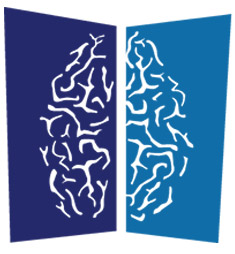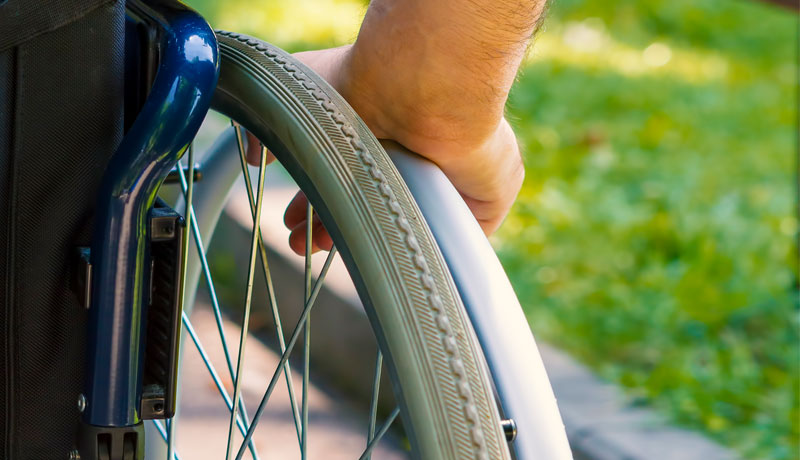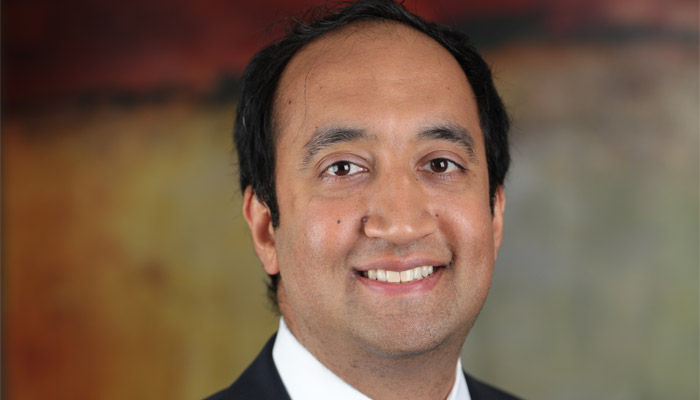A medical team has successfully completed a breakthrough procedure that offers millions of paralyzed people the hope of walking again.
In a joint procedure between Polish and English doctors, nerve-supporting cells transferred from the nose of the patient, Darek Fidyka, have enabled the broken tissue to regrow.
Cells Regrown in Patient’s Severed Spine
Fidyka, a 38-year-old Bulgarian man, was injured four years ago in a knife attack, resulting in paralysis from the neck down. He said walking again, which he does with the support of a frame, was “an incredible feeling,” adding: “When you can’t feel almost half your body, you are helpless, but when it starts coming back it’s like you were born again.”
The actual surgery was done by Dr. Pawel Tabakow, a world-leading spine repair expert from Wroclaw Medical University. The procedure involved transplanting olfactory ensheathing cells (OECs) from the patient’s nose to his spinal cord.
These OECs help to repair damaged nerves that transmit smell messages. They do this by functioning to open up pathways for them to the olfactory bulbs in the forebrain. These cells relocated to the spinal cord appear to have enabled the severed nerve fiber ends to grow and join together, which was previously thought to be impossible.
The cells from the patient’s olfactory gland were removed and grown in the lab. Then, they were injected into the patient’s spinal cord above and below the damaged site. Finally, strips of the patient’s nerves were taken from his ankle to form a bridge for the cells to grow across.
Prior to the cell treatment, Fidyka had been paralyzed for nearly two years and despite many months of intensive physiotherapy, he had shown no sign of recovery.
Fidyka first noticed that the treatment had been successful after about three months when his left thigh began putting on muscle. Six months after surgery, he was able to take his first tentative steps along parallel bars, using leg braces and the support of a physiotherapist.
Two years after the treatment, he can now walk outside the rehabilitation center using the frame. He has also recovered some bladder and bowel sensation and sexual function. His exercise program – five hours per day, five days a week – has continued at a facility in Wroclaw.
The patient is believed to be the first person in the world to recover from the complete severing of the spinal nerves. In addition to being able to walk with the frame, he has resumed daily activities, including even the ability to drive a car.
The research of the breakthrough, funded by the Nicholls Spinal Injury Foundation (NSIF) and the UK Stem Cell Foundation, will be made available to other researchers around the world to help cure paralysis.
Professor Geoffrey Raisman, whose team at University College London’s Institute of Neurology discovered the technique, said: “We believe that this procedure is the breakthrough which, as it is further developed, will result in a historic change in the currently hopeless outlook for people disabled by spinal cord injury.”
Raisman expressed that he had never believed the common assertion that the central nervous system cannot regenerate damaged connections. “Nerve fibers are trying to regenerate all the time.” The problems have been the scars, which have to be opened up, and then there must be a channel for the nerve fibers to be directed.
Raisman stressed that what had been achieved was a leap forward beyond promoting “plasticity” – the rewiring of remaining connections.
At Advanced Neurosurgery Associates, our team of neurosurgeons is experienced in treating the full range of spinal cord injuries. Neurosurgeons were among the first experts to operate on the spine, and their experience has resulted in the evolution of spinal surgery. This specific patient’s results emphasize the nature of continual change in the medical field. With more research and technological advances, doctors and scientists will continue to make progress that will positively benefit patients’ lives.

ANA is a team of expert neurosurgeons and medical professionals, who combine their decades of knowledge to provide information, events, and articles on a range of neurological conditions.



